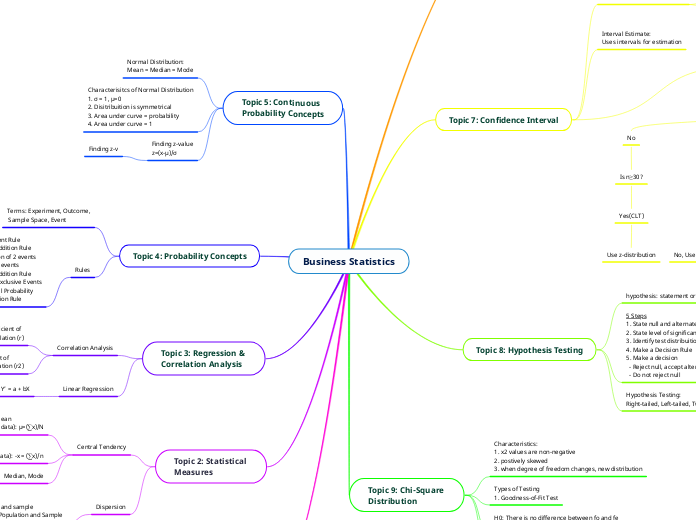(9) Sampling Design
Davis, 2005
Sample Designs
Nonprobability designs
Snowball
samples are referred by the chosen population
Convenience
convenience of the researcher is important
Judgment
selected by the researcher to rep. the population of interest
Probability designs
Repetitive
combining two or more of the designs above
Stratified Cluster
combo. of stratified and cluster
Cluster
seperated into groups by proximity
Stratified
a sample is selected from each stratum(non-overlapping groups)
Multistage Random
use random ampling in each sampling stage where there are 2 stages
Systematic
natural ordering or order population
Simple Random
assign a number to each subject; select sample using the numbers
Practical Considerations in Sampling
internationalization of the marketplace
incidence and response rates
Response rate
% of respondants contacted who participated
Incidence
% of the pop. that possesses the trait to be included in the study
An Introduction to the Philosophy of Sampling
probablity designs/ nonprobablility designs
goals
2. to show how and why samples can be used to estimate the parameters of a population of interest
1. to acqaint you with the underlying philosophy of sampling
The Feel Good Store (Project)
Some major considerations when choosing our design:
time
cost
Sampling is important to our project because:
can help find a less bias response, using the appropriate design
It can help to provide a number of conclusions in our study
The Nature of Sampling
the sampling process
Step 7: Select the sample
Step 6: Select a sampling plan
Step 5: Select size of sample
Step 4: Select a sample design
Step 3: Select a sampling frame
Step 2: Select sampling units
Step 1: Select the population
rationale
destructive measurement
accuracy
resource constraints
key terminology
Sampling Plan
formal specification(plan)
Statistical and Sample Efficiency
Sampling Errors
errors in the study
Parameter/Statistic
summary descriptors of a given variable in the population/ " in the sample
Sample
a group from the population that is under investigation
Sampling Frame
physical representation of all elements
Sampling Units
nonoverlapping elements from a population
Population
group that is under investigation
Element
used to find data to form an analysis









